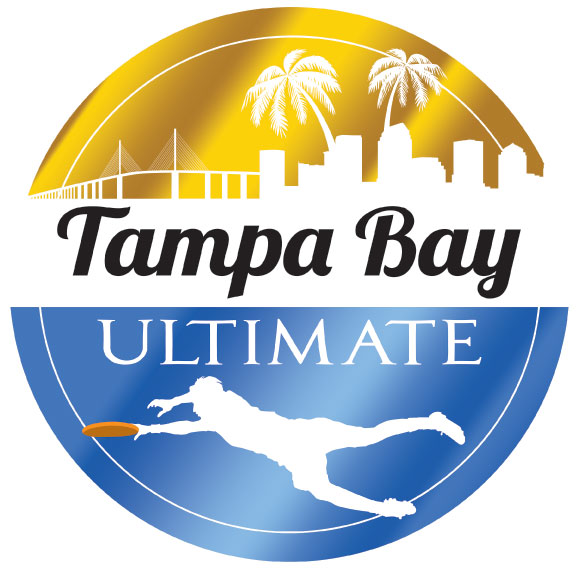Ultimate was developed in 1968 by a group of students at Columbia H.S. in Maplewood, NJ. Although Ultimate resembles many traditional sports in its athletic requirements, it is unlike most sports due to its focus on self-officiating, even at the highest levels of competition. This concept, called Spirit of the Game, is integrated into the basic philosophy of the sport, written into the rules, and practiced at all levels of the game from local leagues to the World Games.
Combining the non-stop movement and athletic endurance of soccer with the aerial passing skills of football, a game of Ultimate is played by two teams with a flying disc or Frisbee™ on a field with end zones, similar to football. The object of the game is to score by catching a pass in the opponent’s end zone. A player must stop running while in possession of the disc, but may pivot and pass to any of the other receivers on the field. Ultimate is a transition game in which players move quickly from offense to defense on turnovers that occur with a dropped pass, an interception, a pass out of bounds, or when a player is caught holding the disc for more than ten seconds. Ultimate is governed by Spirit of the Game™, a tradition of sportsmanship that places the responsibility for fair play on the players rather than referees. Ultimate is played in more than 80 countries by an estimated 7 million of men and women, girls and boys. The international governing body, WFDF, represents 59 member associations in 56 countries.
“What is Ultimate?” as defined by the USA Ultimate Board of Directors? The USA Ultimate Board of Directors believes that one key factor that defines Ultimate is that the players need to be the ones in control. The definition of Ultimate developed by the Board at the 2001 Strategic Planning Meeting is as follows: “Player defined and controlled non-contact team sport played with a flying disc on a playing surface with end zones in which all actions are governed by the ‘Spirit of the Game™.”
